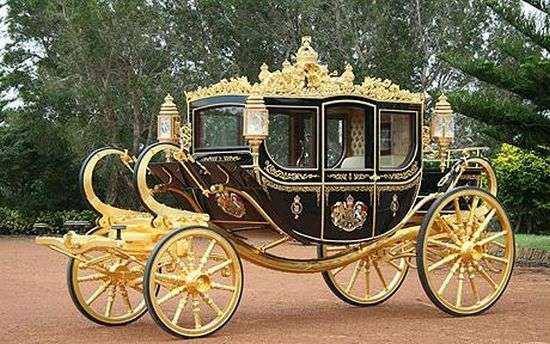Stamp: The first cars of Benz (1885) and Daimler (1886) (Austria 1939)
The first cars of Benz (1885) and Daimler (1886) (Austria 1939)
17 February (Austria ) within release German Realm stamps used in Austria 1938-1945 goes into circulation Stamp The first cars of Benz (1885) and Daimler (1886) face value 6+4 German reichspfennig
| Stamp The first cars of Benz (1885) and Daimler (1886) in catalogues | |
|---|---|
| Michel: | Mi: DR-AT 686 |
| ANK: | ANK: DR-AT 686 |
Stamp is horizontal format.
Mi: DR 686 Used stamp only. Stamp or cut off must bear readable cancellation from Austria during the occupation period or before the expiry date.Also in the issue German Realm stamps used in Austria 1938-1945:
- Stamp - Race cars of Auto-Union and Mercedes-Benz (1938) face value 12+8;
- Stamp - The first cars of Benz (1885) and Daimler (1886) face value 6+4;
- Stamp - Volkswagen face value 25+10;
Stamp The first cars of Benz (1885) and Daimler (1886) it reflects the thematic directions:
A carriage is a two- or four-wheeled horse-drawn vehicle for passengers. Second-hand private carriages were common public transport, the equivalent of modern cars used as taxis. Carriage suspensions are by leather strapping or, on those made in recent centuries, steel springs. Two-wheeled carriages are usually owner-driven.
A car is a wheeled, self-powered motor vehicle used for transportation and a product of the automotive industry. Most definitions of the term specify that cars are designed to run primarily on roads, to have seating for one to eight people, to typically have four wheels with tyres, and to be constructed principally for the transport of people rather than goods. The year 1886 is regarded as the birth year of the modern car. In that year, German inventor Karl Benz built the Benz Patent-Motorwagen. Cars did not become widely available until the early 20th century. One of the first cars that was accessible to the masses was the 1908 Model T, an American car manufactured by the Ford Motor Company. Cars were rapidly adopted in the United States of America, where they replaced animal-drawn carriages and carts, but took much longer to be accepted in Western Europe and other parts of the world.
Headgear may be worn for protection against cold (such as the Canadian tuque), heat, rain and other precipitation, glare, sunburn, sunstroke, dust, contaminants, etc. Helmets are worn for protection in battle or against impact, for instance when riding bicycles or motor vehicles. There are also hats that are worn for protection from the cold
A vehicle (from Latin: vehiculum) is a mobile machine that transports people or cargo. Typical vehicles include wagons, bicycles, motor vehicles (motorcycles, trucks, buses), railed vehicles (trains, trams), watercraft (ships, boats), aircraft and spacecraft. Land vehicles are classified broadly by what is used to apply steering and drive forces against the ground: wheeled, tracked, railed or skied. ISO 3833-1977 is the standard, also internationally used in legislation, for road vehicles types, terms and definitions.




